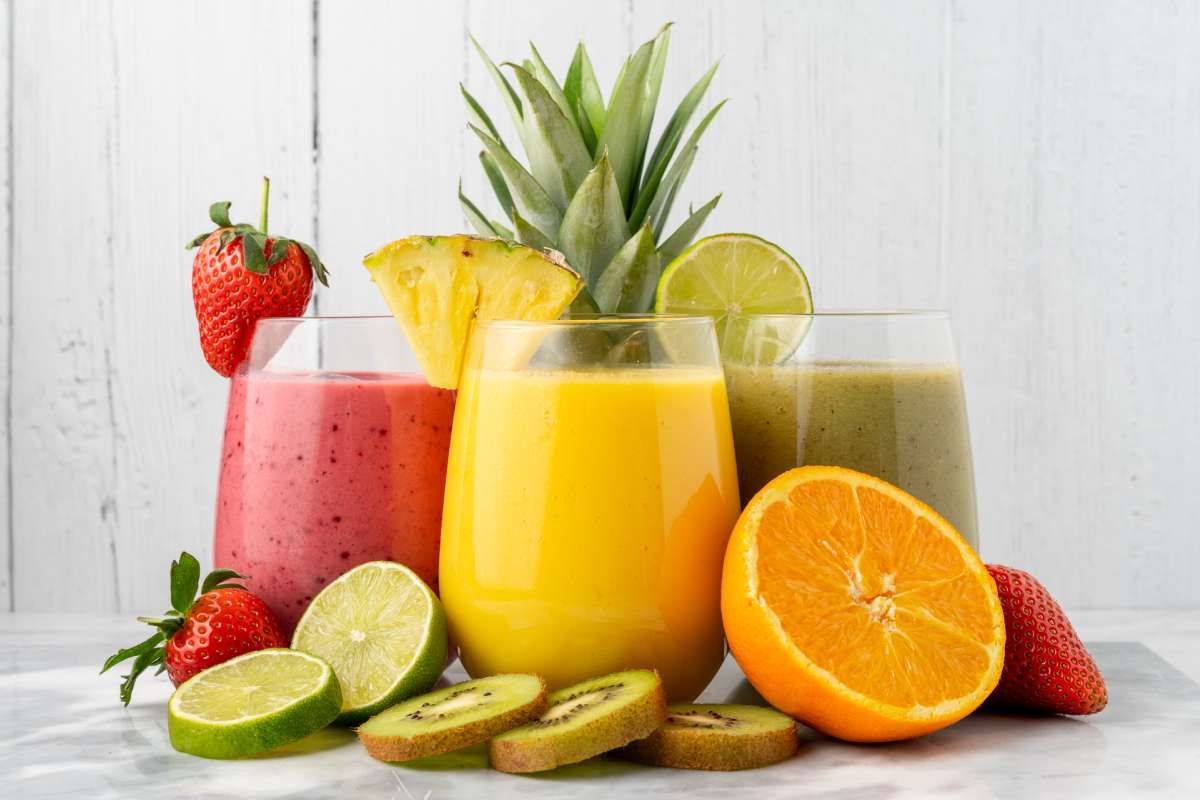Natural juices: a revolution in the food and beverage industry

Natural juices are revolutionizing the food and beverage industry. All in response to growing consumer demand for more natural products. Join us to explore the key aspects of this transformation, including production and preservation methods, logistical challenges, and regulations ensuring excellence.
Natural juices market
This market is constantly evolving. Companies are innovating new flavors and combinations to attract demanding consumers.
Mordor Intelligence (2024) states that the growing demand for healthy beverages is driving the growth of this type of fruit and vegetable juice market. Consumers are becoming increasingly health conscious.
Now, the major factors contributing to this success, which include and represent key benefits in their consumption are:
- Firstly, increased awareness of the benefits of consuming nutritious foods.
- Secondly, the combination of nutrients and bioactive compounds from various fruits and vegetables in mixed beverages. For example, they offer important health benefits and appealing sensory qualities.
- Thirdly, they are also healthier options than processed juices and sugary drinks.
- Fourthly, the availability of these tropical drinks in ready-to-drink presentations.
Trends in the natural juices industry
Companies are continually looking for innovative ways to create unique flavors and combinations in the juice market. Here are a few highlighted approaches:
1. Increasing demand for fortified juices
Products that offer additional health benefits are increasingly interesting to consumers. This trend is also driven by government initiatives and growing health awareness (Mordor Intelligence, 2024).
2. Natural juices: new flavor and texture experiences
Also, aiming to captivate a more diverse audience, the industry is experimenting with innovative flavors and blends. This involves the introduction of exotic ingredients and superfruits. Likewise, the creation of surprising textures such as fruit pieces in juices or jellies inspired by Asian gastronomy (Hen, n.d.).
3. Sugar reduction in natural juices
Reducing the sugar content in natural juices is a major goal within the industry. Therefore, this strategy is fundamental to meet the needs of consumers who value their well-being (Expert Market Research, n.d.).
4. Sustainability and environmentally friendly packaging
Companies are implementing sustainable practices. This involves the use of environmentally friendly packaging materials. Also, the support of responsible agricultural techniques, which aligns with contemporary consumer principles.
The processes of production and preservation of natural juices
The production of this type of juice includes several stages to maintain its freshness and nutritional value.
Here are the steps:
- Firstly, sorting and washing: selecting and washing fruits to remove residue.
- Peeling and cutting: preparation of the fruits for extraction.
- Then, juice extraction: using methods such as cold pressing, which minimizes nutrient loss.
- Filtering and homogenization: removal of pulp and seeds to ensure uniform consistency.
- Finally, the pasteurization: use of techniques such as cold pasteurization (HPP) to eliminate pathogens without losing nutrients (Sitrainer, n.d.).
As for preservation, this relates to the following parameters:
- For example, maintain low temperatures by refrigeration to prevent microbial growth.
- Use pasteurization to preserve flavor and nutrients.
- Use modified atmosphere packaging where air is replaced with inert gases to reduce oxidation and prolong shelf life.
Logistical challenges with natural juices
Fruit juice distribution faces several logistical challenges to maintain product quality and freshness until it reaches the end consumer (First Call Logistics, 2023). The main challenges are:
- They must be kept under constant refrigeration from production to point of sale to prevent spoilage.
- Their limited shelf life, for example, requires rapid distribution to minimize waste.
- Transportation costs associated with refrigerated transport are high and can impact the final price.
- Adequate distribution infrastructure is essential, as in some regions, the lack of efficient refrigeration and storage systems complicates distribution.
Regulations and certifications in the natural juice process
Juice production in the United States and Canada is regulated by several regulations and certifications to ensure product quality and safety.
Below are some of these regulations and certifications:
- In the United States, the Food and Drug Administration (FDA) requires all facilities that process, package, or store food intended for export to register (The Food Tech, 2023).
- The United States Department of Agriculture (USDA) regulates organic food production through the National Organic Program (NOP).
- Also, in Canada, GlobalGap certification ensures Good Agricultural Practices for fruit and vegetable products. Safe Quality Food (SQF) protocols guarantee food safety and quality based on HACCP and CODEX Alimentarius (NSF, n.d.).
Discover the innovation of natural juices
Finally, we invite you to explore the incredible variety of innovative fruit pulp products that Alimentos SAS has for you. Our natural juices can improve your health and well-being and surprise you with their unbeatable freshness and quality.
We use the best quality fresh fruits and advanced preservation techniques to ensure that all the natural nutrients and flavors remain intact. At Alimentos SAS we are proud to offer a wide selection of exotic flavors and unique combinations that are not only delicious but also very nutritious!
Bibliographic references
- Expert Market Research. (n.d.). Global fruit juice market outlook.
- First Call Logistics. (2023, April 17th). 5 logistical challenges facing the food and beverage industry. /
- Hen, T. (n.d.). The future of juice and juice drinks 2024. Mintel.
- Mordor Intelligence. (2024). Fruit and vegetable juice market size & share analysis - Growth trends & forecasts (2024 - 2029).
- NSF. (n.d.). CanadaGAP.
- Sitrainer. (n.d.). Pasteurización en frío de alimentos, ventajas y riesgos.
- The Food Tech. (2023, April 9th). Cuáles son las normas de inocuidad alimentaria en Estados Unidos.













